Seed Physiology and Biochemistry (Volume 2): Seed Dormancy and Germination
Seed dormancy and germination is a complex process in plant life development cycle. The dormancy is favourable for wild types and few cultivated species. To preserve the genetic diversity of crops species dormancy is found to be beneficial for wild types. While in cultivated species, this existence protects the seeds from insitu germination under unfavourable climatic condition if not harvested at right time of physiological maturity and the best example is wheat, rice, etc.
Dormancy induction, maintain and release mechanisms are induced by many factors and one among is the plant hormones, ABA and GA. ABA sensitive mechanism favours dormancy induction and induction, whereas GA sensitivity releases dormancy, which induces germination of non-dormant seed. Besides hormones, the substances like NO, HCN and ß-mannanase mediate dormancy release.
Factors such as water, oxygen, temperature etc. play a paramount role in germination mechanisms which involve imbibitions, GA de nova synthesis that triggers enzyme production. The hydrolytic enzymes helps in breakdown of complex food materials into simpler ones which are transported in to scutellum and supplies to the growing radicle and plumule. The cell cycle acting in the post-germination phenomenon that leads to cell division.
In order to understand, the physiology and biochemistry of dormancy mechanisms and release as well as the mechanisms end process of germination the book ‘Physiology and Biochemistry of Seeds: Volume 2 - Seed Dormancy and Germination’. This volume acts as a guide to researchers, scientists, teachers and students of seed science and technology and crop physiology.
Contents: 1. Seed dormancy: types and classification. 2. Role of hormones on seed dormancy. 3. Mechanisms of seed dormancy and its breaking treatments. 4. Environmental, seed dormancy and genetic control of and its inheritance. 5. Biochemistry of seed dormancy release and germination. 6. Requirements of germination. 7. Imbibition and enzyme activation. 8. Respiration, mitochondrial activity and ATP synthesis during seed germination. 9. Protein and nucleic acid synthesis during seed germination. 10. DNA synthesis and germination. 11. Carbohydrate metabolism during germination. 12. Breakdown of lipids during germination. 13. Initiation of embryo growth and protrusion of radical. 14. Cell cycle during seed germination.
Get it now and save 10%
BECOME A MEMBER

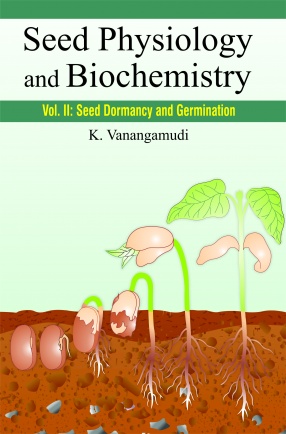
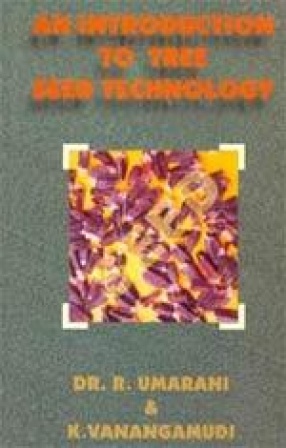
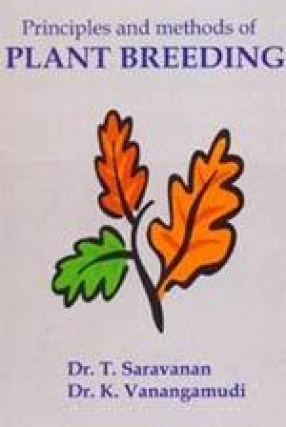

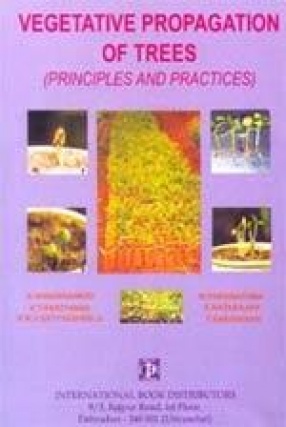
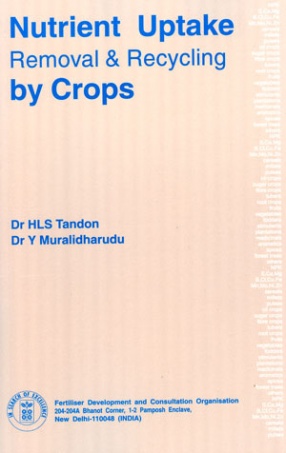
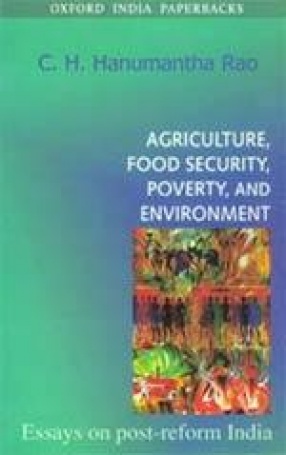
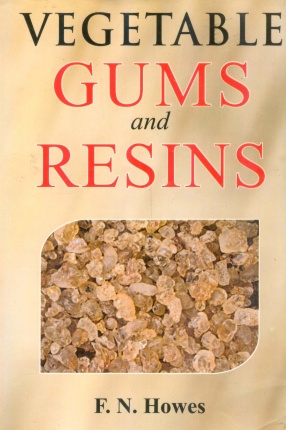
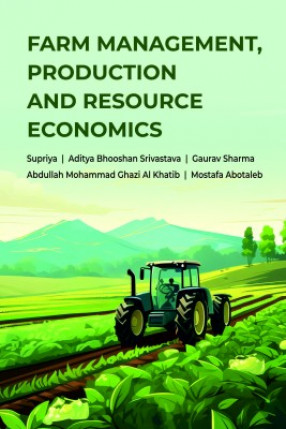

Bibliographic information